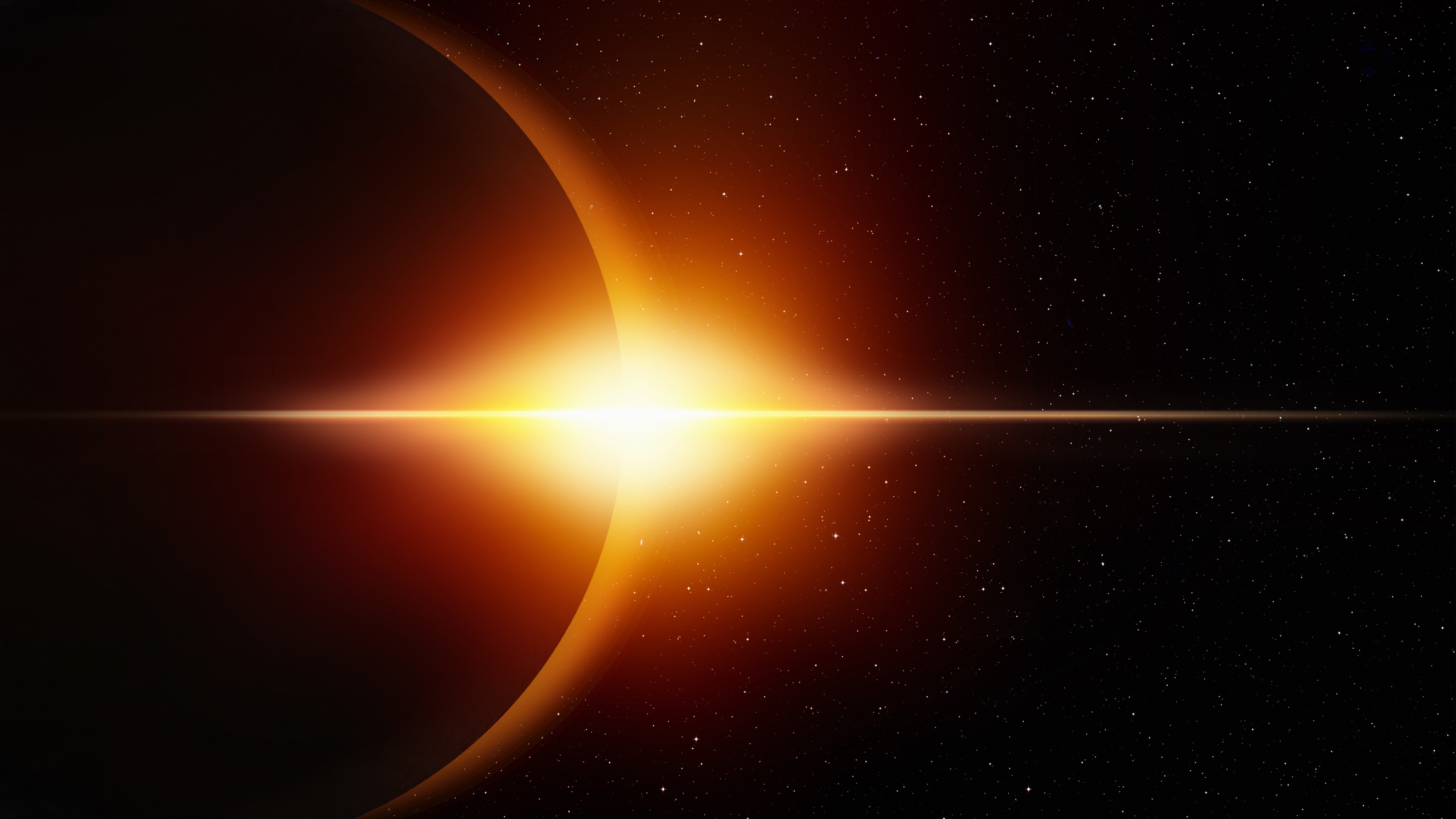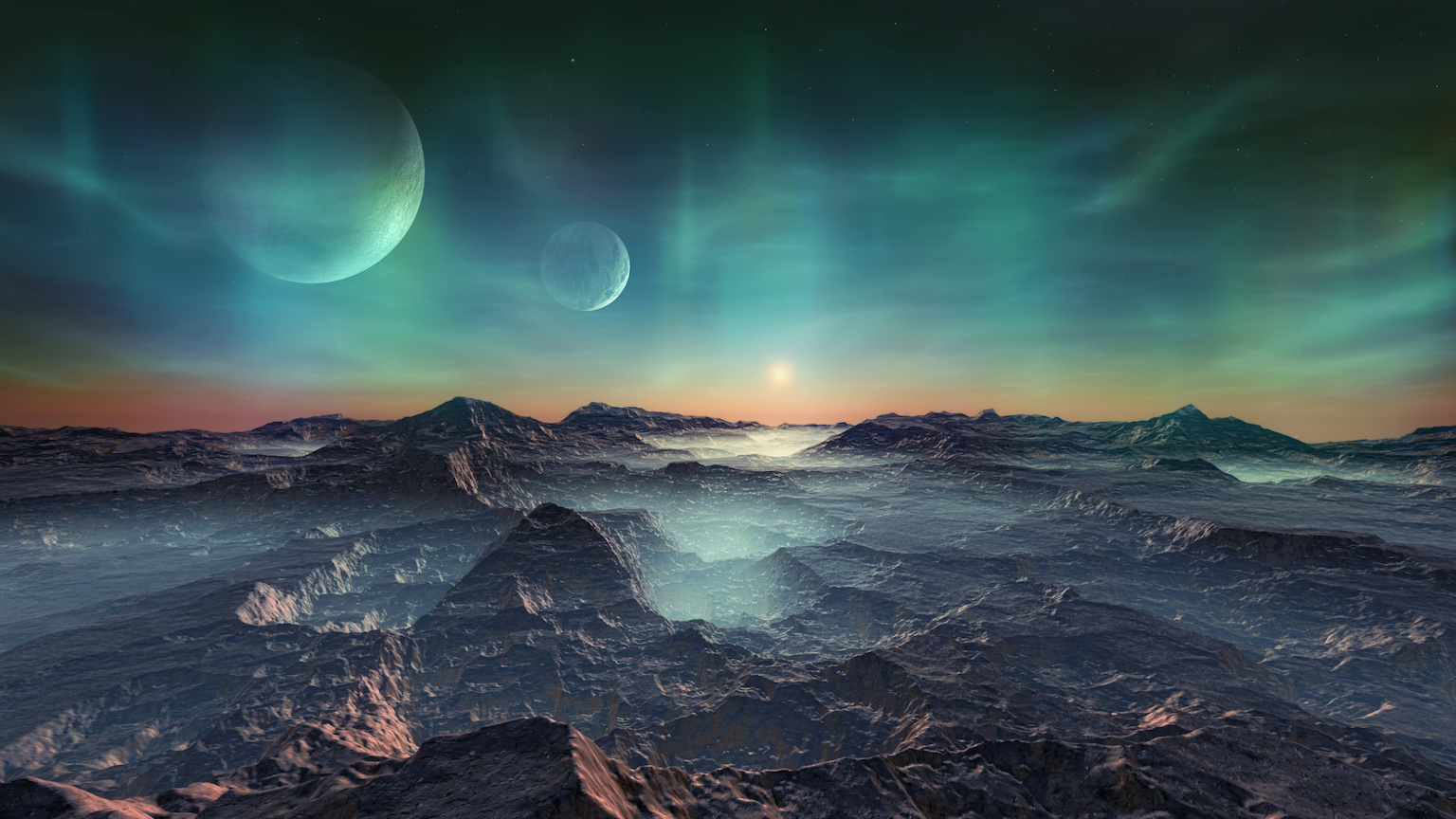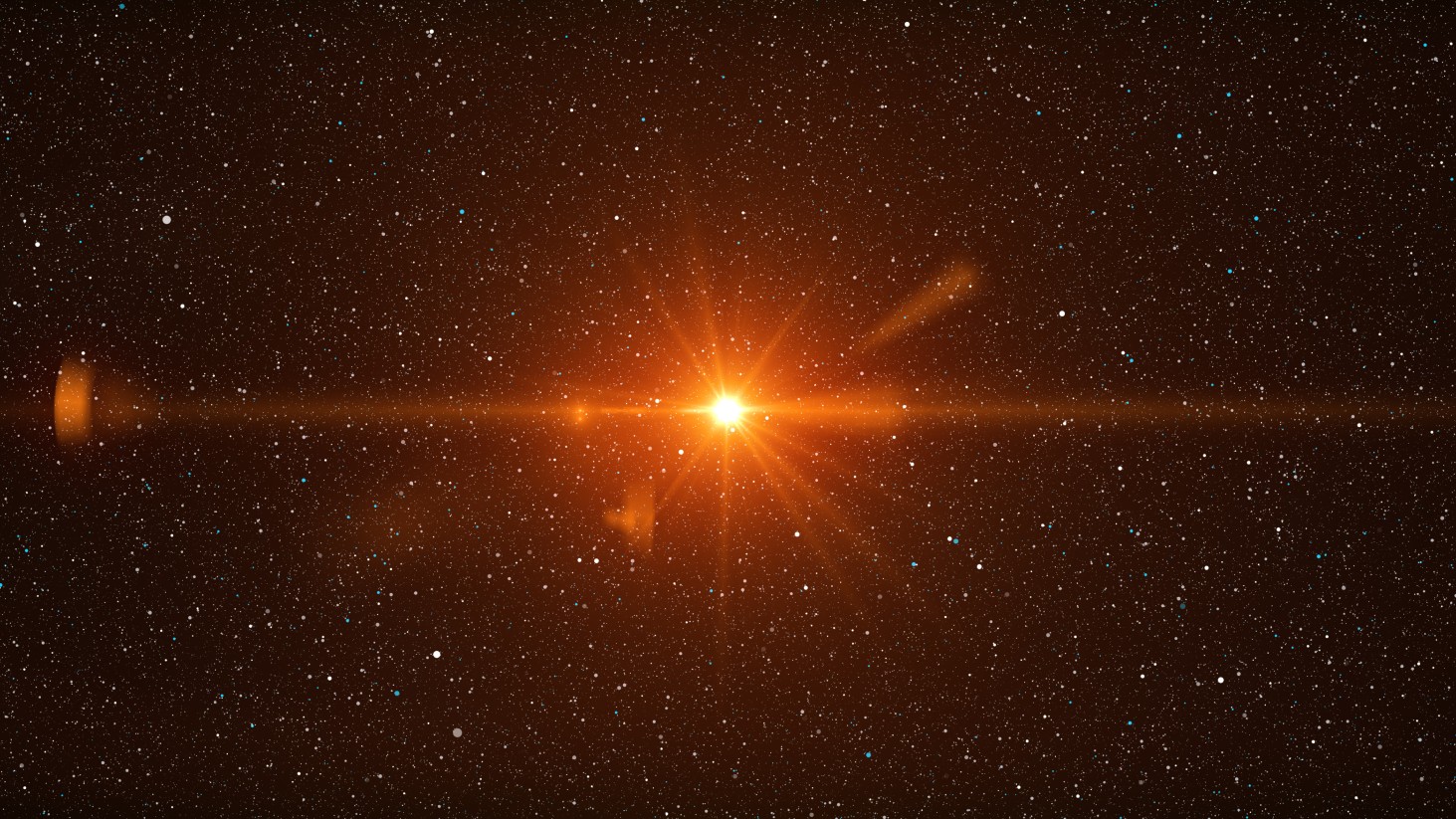Water discovered on exoplanet K2-18b in ‘Goldilocks Zone’

- Two new studies, from independent teams of researchers, say that it’s extremely likely that the exoplanet’s atmosphere contains water vapor.
- Scientists are able to make these kinds of determinations by pointing telescopes at distant stars and measuring subtle changes in light as exoplanets pass in front of the star.
- Scientists will likely get a better look at K2-18b when NASA launches the powerful James Webb Space Telescope in 2021.
Scientists have likely discovered water vapor in the atmosphere of an Earth-sized exoplanet. The exoplanet, which is named K2-18b and lies 111 light-years from Earth, will become the first known exoplanet to contain clouds of water vapor, if the new data are confirmed, and researchers suggest it might even rain on the alien world.
K2-18b is similar to Earth in size (though about twice as big) and because it lies within the habitable zone of its parent star. Otherwise, it’s quite different: The exoplanet is estimated to have temperatures that range between -100 and 116 degrees Fahrenheit, and is thought to be roughly eight times as massive as Earth, harboring what’s likely a hydrogen-rich atmosphere that extends far out into space. But though its atmosphere may contain water vapor, the surface of K2-18b is likely not covered in oceans.
“These planets are not going to look a thing like Earth,” Sara Seager, an exoplanet expert and professor at MIT who was not involved in the recent research, toldThe Verge. “It’s definitely not rocky as we know a rocky planet to be.”
Studying distant exoplanets like K2-18b is incredibly difficult, as Ingo Waldmann, an astrophysicist at the University College London and one of the authors of a study recently published in Nature Astronomy study, toldThe Verge.
“Imagine you have a searchlight in London, and you’re observing it from New York,” “And in that search light, you have a mosquito fly. That’s the exoplanet. Now, what we’re trying to do is we’re trying to figure out what the color of the wings are.”
Despite the inherent challenges, scientists can make these kinds of observations by pointing telescopes at distant stars and measuring the extremely subtle changes in light that occur when exoplanets pass in front of their parent star. These changes in light – specifically, how light from the parent star filters around the silhouette of the exoplanet – can reveal a surprising amount of information: an exoplanet’s size, composition, atmospheric characteristics, etc. However, if the parent star is big and bright, it’s usually difficult for scientists to detect and observe exoplanets that might be orbiting it.
Fortunately, the parent star of K2-18b is a relatively small and dim type of star, called an M dwarf. This means that observing the exoplanet is relatively easy. This week, two teams of researchers that have been studying K2-18b announced the results of two independent studies, both of which show that the exoplanet’s atmosphere almost surely contains water vapor.
Bill Nye: Understanding Goldilocks Zones and the Possibility of Alien Life
In one study, available on the preprint repository arXiv, University of Montréal astronomer Björn Benneke and his colleagues used the Hubble Space Telescope to observe K2-18b as it passed in front of its parent star eight times. As it did, they recorded how light from the star passed through the atmosphere of the exoplanet. Because water absorbs near-infrared light at specific wavelengths, they were able to deduce that the exoplanet’s atmosphere almost surely contains water. A second study, published in Nature Astronomy, found that there’s only a one-in-3,000 chance that the initial results from Hubble are inaccurate.
“This is the only planet right now that we know outside the solar system that has the correct temperature to support water, it has an atmosphere, and it has water in it—making this planet the best candidate for habitability that we know right now,” University College London astronomer Angelos Tsiaras, a coauthor of the Nature Astronomy, said during a press conference.
Even though we’re not close to being able to travel to distant alien worlds like K2-18b, finding and studying them is still important. If humans are to survive over the millennia, we’ll eventually need to ditch Earth and settle on a new planet. Of course, this need probably (or hopefully) won’t really come into play for those of us living circa 2019. So, what will? The discovery of alien life, sure, but also the sheer knowledge that Earth is not the one true world out there in the cosmos, as Lucianne Walkowicz, an astronomer at the Adler Planetarium in Chicago, told Al Jazeera.
“In some ways, though, even the discovery of life beyond Earth is beyond the point: much in the way seeing the skies of a foreign land can make us feel like citizens of the world, coming to know these distant planets will usher us in as citizens of the universe.”
Scientists will likely get a better look at K2-18b when NASA launches the powerful James Webb Space Telescope in 2021.





